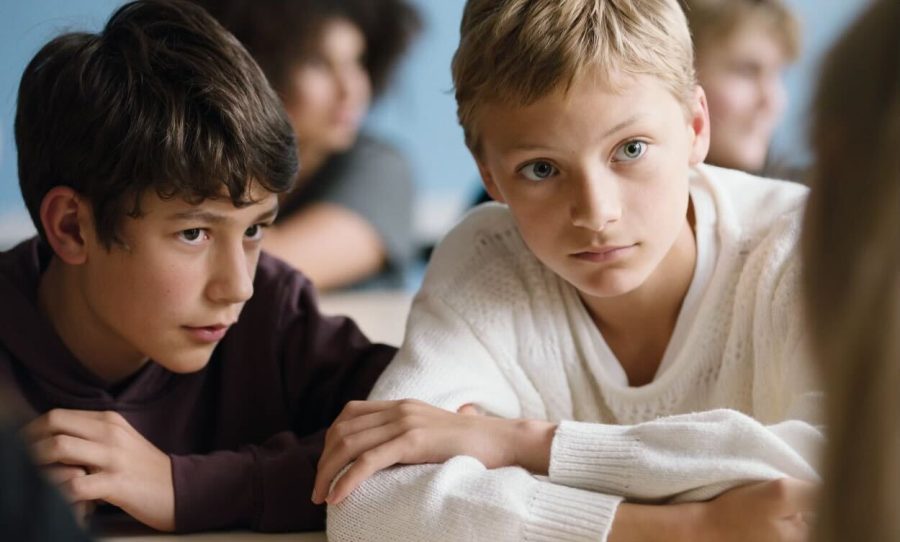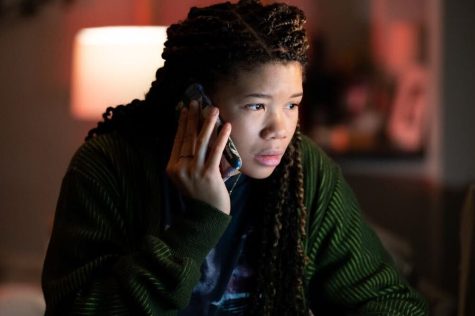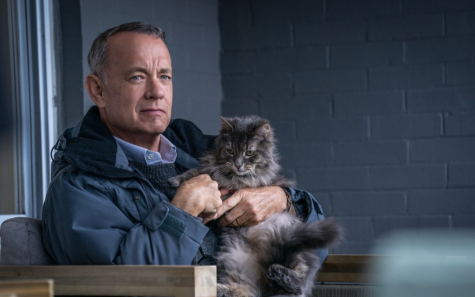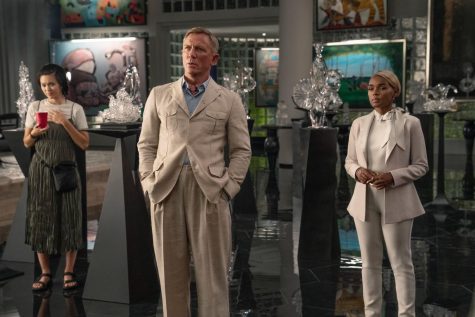‘Close’ navigates themes of boyhood, friendship amid tragedy
January 22, 2023
This review contains spoilers for “Close.”
TW: suicide
Lukas Dhont’s “Close” tells the story of two best friends, Léo (Eden Dambrine) and Rémi (Gustav De Waele), as they navigate societal expectations of their burgeoning masculinity.
The two 13-year-old boys spend their time blissfully attached to one another, frolicking through the flower pastures in their rural Belgian town, biking to school together and sleeping skin-to-skin. While the film makes their connection ambiguous, the homophobic teasing of their classmates leads to tension and distance between Léo and Rémi.
The film’s central turning point comes when Rémi, seemingly after being pushed away by Léo, commits suicide. Though a devastating moment in the film, the news of Rémi’s death comes as an unexpected twist and feels simultaneously shocking and inconsistent due to an absence of character construction leading up to that moment. The movie’s exposition introduces the two boys as an inseparable pair but focuses more on establishing Léo’s character. While viewers learn about Léo’s inner turmoil about his friendship with Rémi, as well as his growing urge to fit in with his male classmates, much of Rémi’s character feels unexplored, with his emotional struggles shown only in lashing out against Léo’s coldness. The plot point of Rémi’s death succeeds in drawing an emotional reaction from the audience rather than pushing forward the movie’s message about the delicate nature of boyhood.
Most of the movie’s plot rests on Léo’s grief, regret and guilt after losing his best friend. 15-year-old Dambrine accomplishes the task of beautifully conveying these emotions through a subtle but powerful performance. Though “Close” marks Dambrine’s acting debut, the actor shines with the talent of a seasoned performer. In almost every scene in the movie, Dambrine possesses the ability to translate Léo’s thoughts with few words or emotional outbursts. The stark contrast in Dambrine’s performance before and after Rémi’s death captures the pain that comes with the loss of childhood innocence — whimsical, bright-eyed line deliveries turn to muted moments of contemplation as Dambrine executes many powerful solo moments throughout the runtime.
The team behind “Close” also carefully leaves a space for the departed character in scenic and sound design elements. The beginning of the movie, which showcases the heartwarming naivety of Léo and Rémi’s friendship, embraces the characters in colorful, sun-bathed landscapes and ethereal orchestral arrangements. However, following Rémi’s death, the film utilizes silence to exacerbate Léo’s loneliness and contemplation. The abundance of silence and outdoor sounds, as well as many scenes of characters framed by vast landscapes, evokes a feeling of isolation that mirrors the experience of Léo’s mourning.
Despite some ill-fitting moments in the plot, “Close” constructs an expressive and devastating story of childhood friendship. Dambrine and De Waele, both first-time actors, give stunning, understated performances which feel incredibly natural and intimate. Ending on a somewhat hopeful note for Léo, the film’s last frame promises to stay with viewers for years.
4 blanket forts of 5




![[SPOILER-FREE] M3GAN: Look out Chucky, there’s a new doll in town](https://thedailytexan.com/wp-content/uploads/2023/01/1-10-22_M3GAN_CourtesyOfUniversalPictures-475x198.jpg)



![[SPOILER-FREE] M3GAN: Look out Chucky, there’s a new doll in town](https://thedailytexan.com/wp-content/uploads/2023/01/1-10-22_M3GAN_CourtesyOfUniversalPictures-300x125.jpg)


